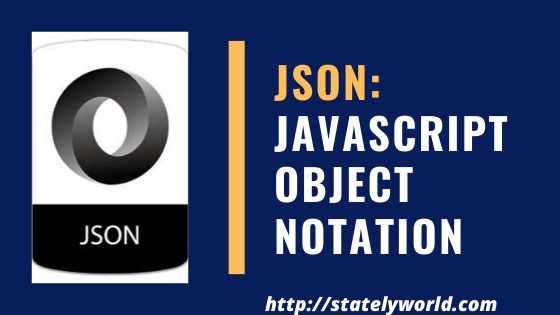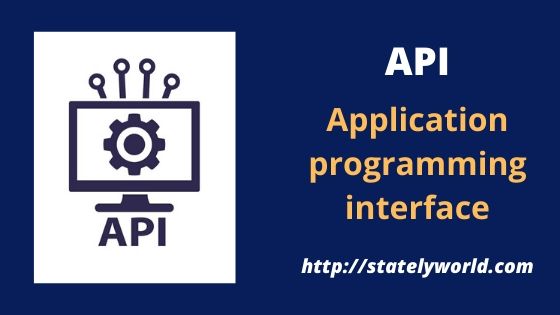On this page
JavaScript: JSON (JavaScript Object Notation)

In this post, we’ll talk about JSON ( JavaScript Object Notation).
On this page
What is JSON?
JavaScript Object Notation (JSON) is an open-standard file format or data interchange format that uses human-readable text to transmit data objects consisting of attribute-value pairs and array data types (or any other serializable value). It is a very common data format, with a diverse range of applications, such as serving as a replacement for XML in AJAX systems. (Wikipedia)
2 things to know abut JSON
> Keys - a string wrapped in "" > Values - can be a string, number, boolean expression, array, or object
{
"name": "John",
age: 16,
"ocean": {
"chosen": true,
"voyaged": false
}
}
console.log(json.name); //John console.log(json.age); //16
Example
var data = {
"employees":[
{"firstName":"John", "lastName":"Doe"},
{"firstName":"Anna", "lastName":"Smith"},
{"firstName":"Peter", "lastName":"Jones"}
]
}
Explanation
{employees: Array(3)}
This example defines an employees object: an array of 3 employee records (objects)
data.employees[0].firstName "John"
JSON: Data types
string number object (JSON object) array boolean null
Difference between JSON text and the javascript object
Javascript Object is a variable type and JSON is a string(text).
JSON.parse() - turn a string into JSON JSON.stringify() - turn JSON into a string
JSON.parse() – Convert text into a JavaScript object (turn a string into JSON)
JSON.stringify() – convert JavaScript object into a string (turn JSON into a string)





